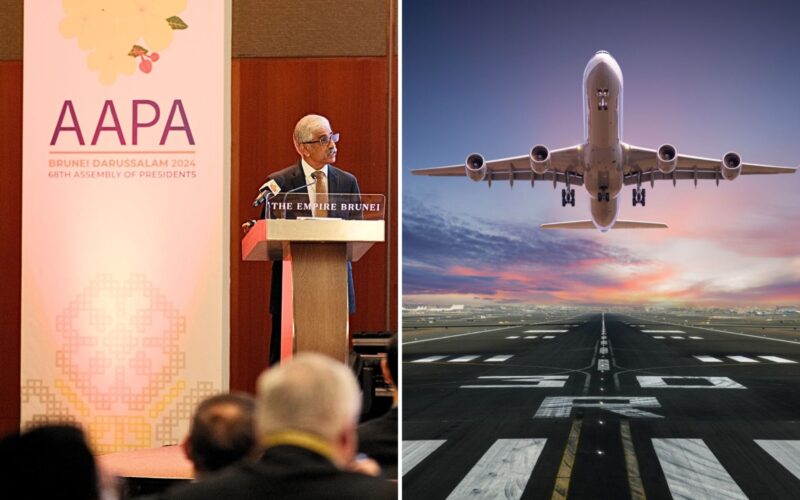Leaders of the Association of Asia Pacific Airlines (AAPA) gathered to discuss the future of aviation in the region in Brunei Darussalam on November 12-13 2024, for the 68th Assembly of Presidents.
The theme for AAPA’s 2024 assembly was ‘Jetting into 2050: Future Proofing Asian Aviation’. During the two-day event, leaders assessed the industry’s recent recovery and the challenges to continued growth, including sustainability and ongoing supply chain issues affecting the timely delivery of aircraft, engines, components and parts.
AAPA’s 68th Assembly of Presidents
The AAPA is a not-for-profit trade association that represents international airlines in the Asia Pacific region. According to AAPA’s website, its primary purpose is to serve as a common forum for the articulation of views on matters and issues of common interest to the Asia Pacific (APAC) aviation industry; to foster close cooperation with other relevant stakeholders; and to “encourage the successful evolution of the travel and tourism industry as a key contributor to economic, social and cultural development”.

The annual Assembly of Presidents of AAPA sees the chief executives of member airlines and other senior members of industry stakeholders gathered together for a day of networking, brainstorming on industry issues and high-level discussions.
Member airlines include Singapore Airlines, Cathay Pacific, Thai Airways, Royal Brunei Airlines and Japan Airlines. Indonesian low-cost carrier Lion Air is the latest member to join AAPA, with the association officially welcoming the airline on November 14, 2024.
Royal Brunei Airlines hosted the 2024 assembly at The Empire Brunei in Bandar Seri Begawan. Coincidentally, the state-owned flag carrier of Brunei celebrated its 50th anniversary on November 18, 2024.
APAC airlines’ future: ‘broadly positive’
As of September 2024, it is reckoned that air travel demand in the Asia Pacific region has recovered to 97.5% of 2019 levels. According to AAPA, the industry has seen a strong passenger and cargo demand rebound, with many airlines returning to profitability.
The association declared that 2024 has been a milestone year for aviation. “The resilience and adaptability demonstrated by airlines during these past years, overcoming such extraordinary hurdles, is an inspiring testament to the strength of our industry,” AAPA said in its welcome message to delegates and attending media, adding that the industry’s robustness is reassuring.
In an exclusive conversation at the event with AeroTime, AAPA Director General Subhas Menon argued that demand in the region is still resilient despite challenges faced by the industry.
“In spite of all the issues that we are seeing – sustainability, supply chain issues, inflation – demand is still resilient. We are not talking about revenge travel anymore,” Menon said.
He added: “Load factors are high, yields are high. Airlines are very excited. It shows that whatever crisis they face or come out of, as long as the demand is there, they will be fine.”
Menon also suggested that the outlook for the region’s airlines is “broadly positive”, given the sustained demand for air travel and strong rebound in trade activity. “It is a remarkable recovery on key metrics, considering that air transport ground to an almost complete standstill for two years during the COVID-19 pandemic,” he said.
The AAPA Director General highlighted that this is also a “timely testament” to the industry’s endurance and longevity, as 2024 is also the 80th anniversary of the International Civil Aviation Organization (ICAO) Chicago Convention.
The Chicago Convention is a landmark agreement, originally established in 1944, with core principles permitting international transport by air. The agreement also led to the creation of ICAO.
Anand Stanley, President of Airbus Asia-Pacific, took time to present the European aircraft manufacturer’s Asia-Pacific forecast during the assembly.

According to Airbus projections, the APAC aviation sector will require 19,500 new aircraft over the next 20 years. This demand represents 46% of the global requirement, which is expected to reach around 42,430 new aircraft by 2043.
“As one of the fastest-growing aviation markets in the world, the Asia-Pacific region is poised for significant growth over the next two decades,” Stanley said. “With rising demand for both passenger and cargo operations, we are well positioned to help our airline partners meet their long-term goals with the most efficient, sustainable, and advanced aircraft available, while contributing to decarbonization efforts across the industry,”
Airline leaders calling for resolutions to challenges facing the industry
Amid the astounding demand levels in the region, AAPA leaders and airline members are still very much aware of challenges that may hinder further growth, and they remain focused on passing resolutions.
In his welcome remarks, Royal Brunei Airlines CEO Captain Sabirin Hj Abd Hamid declared that there is no better time for industry and airline leaders to “work even closer together” as the aviation industry continues to face challenges such as supply chain constraints.
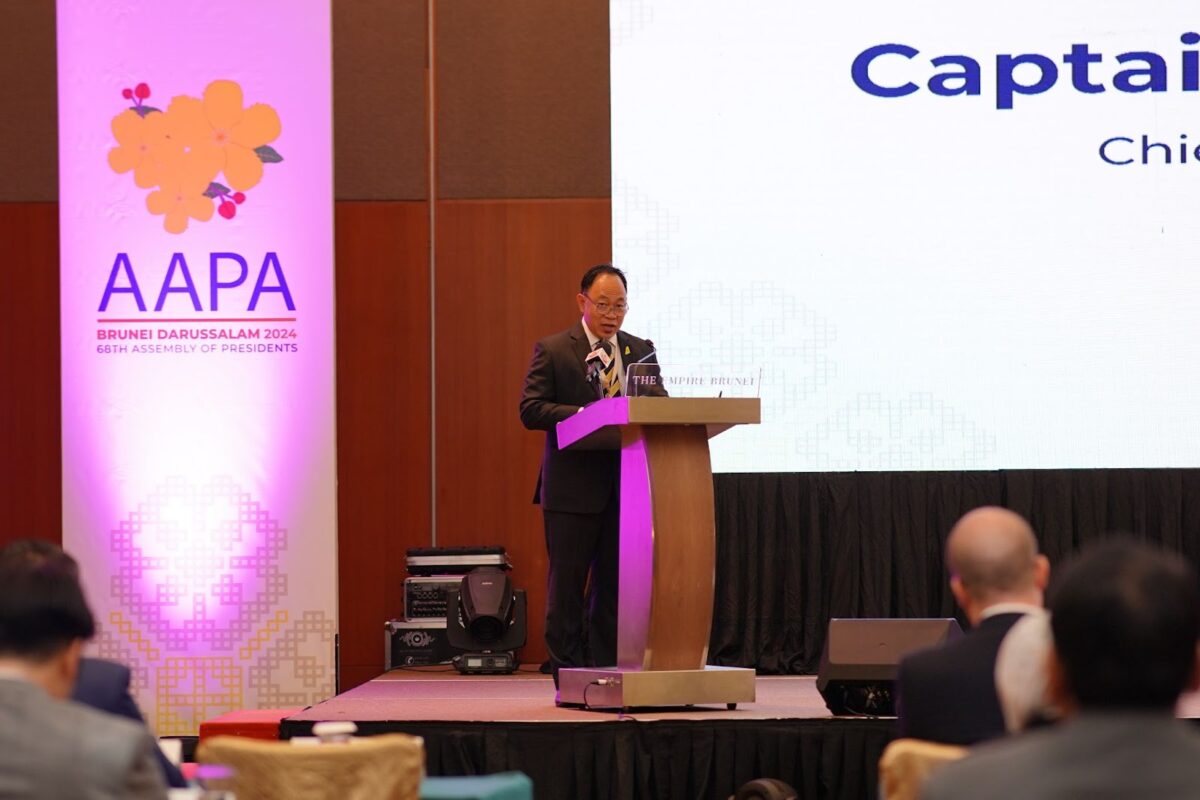
Hamid added that escalating geopolitical tensions are also affecting the industry at operational and commercial levels, saying: “The need for more collaboration and dialogues between stakeholders is even more present, and through AAPA, and to a broader extent, IATA, we can collectively voice our concerns to authorities.”
The Assembly of Presidents acknowledged that supply chain disruptions and air space closures are leading to more flight diversions, delays and cancellations, while also inhibiting future growth. They agreed that such issues, including component failures and labor shortages, impinge on schedule reliability.
During a media event at the Assembly, AAPA Director General Subhas Menon suggested that supply chain constraint is a fundamental current problem that is not exclusive to the APAC region. According to Menon, airlines find it necessary to cut capacity in order to manage the supply chain issue.
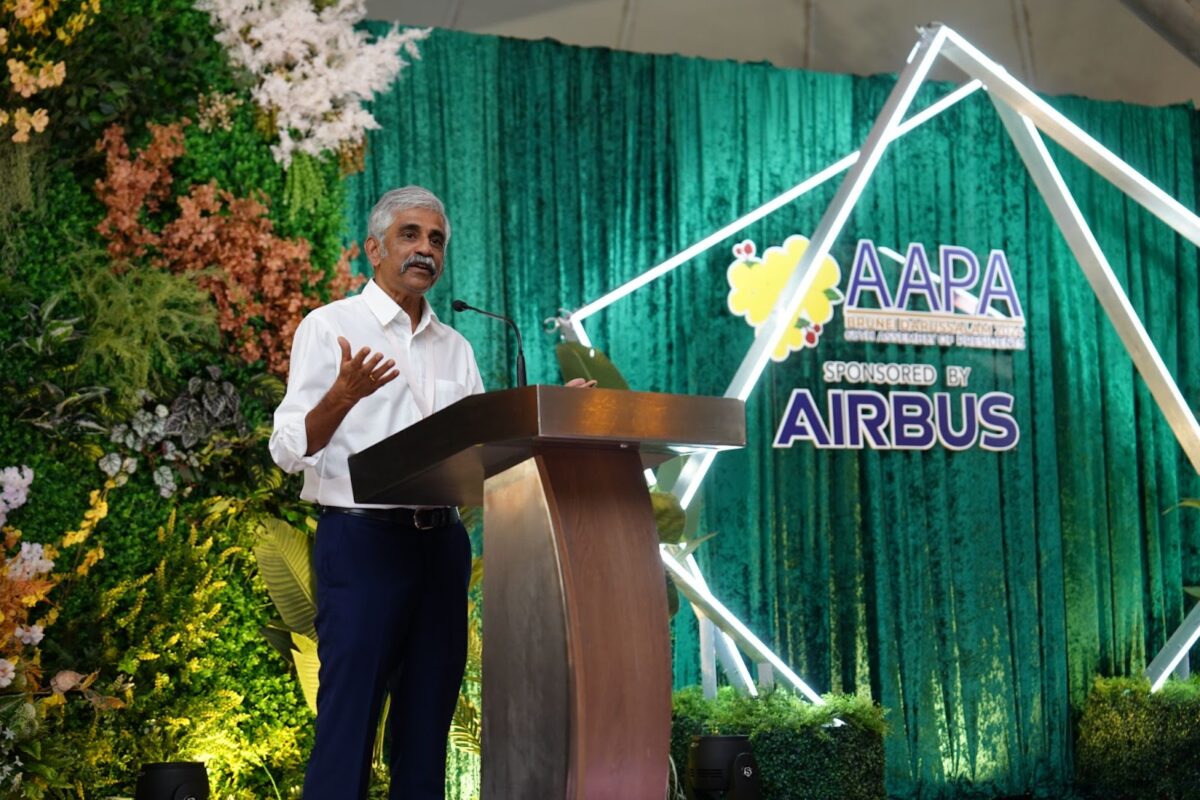
“Airlines all over the world are finding it hard to put on the capacity they need to meet the demand,” Menon said. He added that, by IATA estimates, it may take another five years for the industry to get back on its feet and recover from these supply chain constraints.
One of the discussions conducted in the assembly was a leaders’ dialogue entitled ‘Air Travel of Tomorrow: Feet in the Present, Eye to the Future’. Among the key topics examined was how the aviation industry can work together with governments and regulatory bodies in APAC to address supply chain disruptions and ensure a more coordinated recovery.
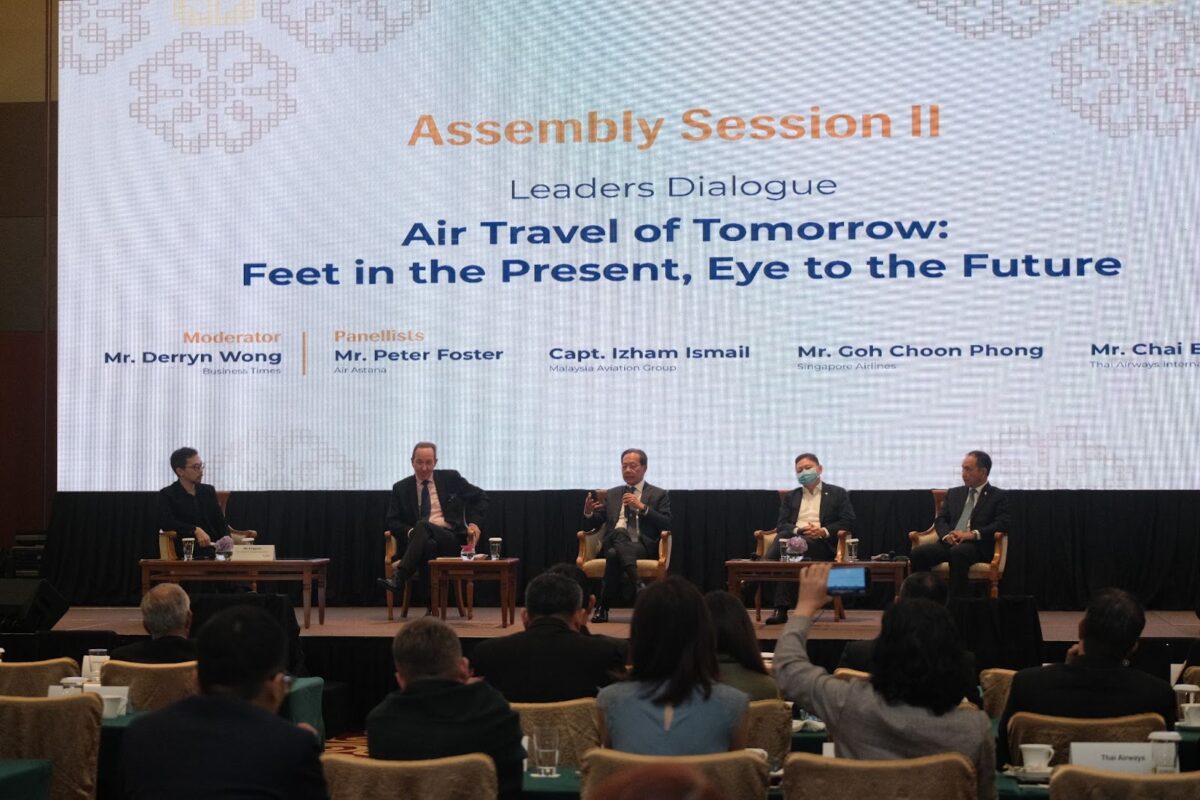
One of the panelists, President and CEO of Air Astana, Peter Foster, referred back to the early 1980s when he was based in the Asia Pacific region, working for Cathay Pacific.
Foster noted that, in 1982, the aviation industry in the APAC region was in its early developmental stage.
“Over the years, Asian governments have placed their money in new airports, new systems, and all elements for aviation development,” Foster said. “And the result of all that has been clear for all of us to see. [Asia Pacific] is now the fastest growing air travel region in the world, and that’s a fantastic achievement.”
He added: “I really urge Asian governments to not lose that commitment to our industry, because there’s been such a total transformation, not only in air travel, but in the way that human beings, trade, and tourism have come together.”
Foster further urged governments to “not lose sight of this astonishing success that we have all collectively been able to promote through the course of the last four decades”.
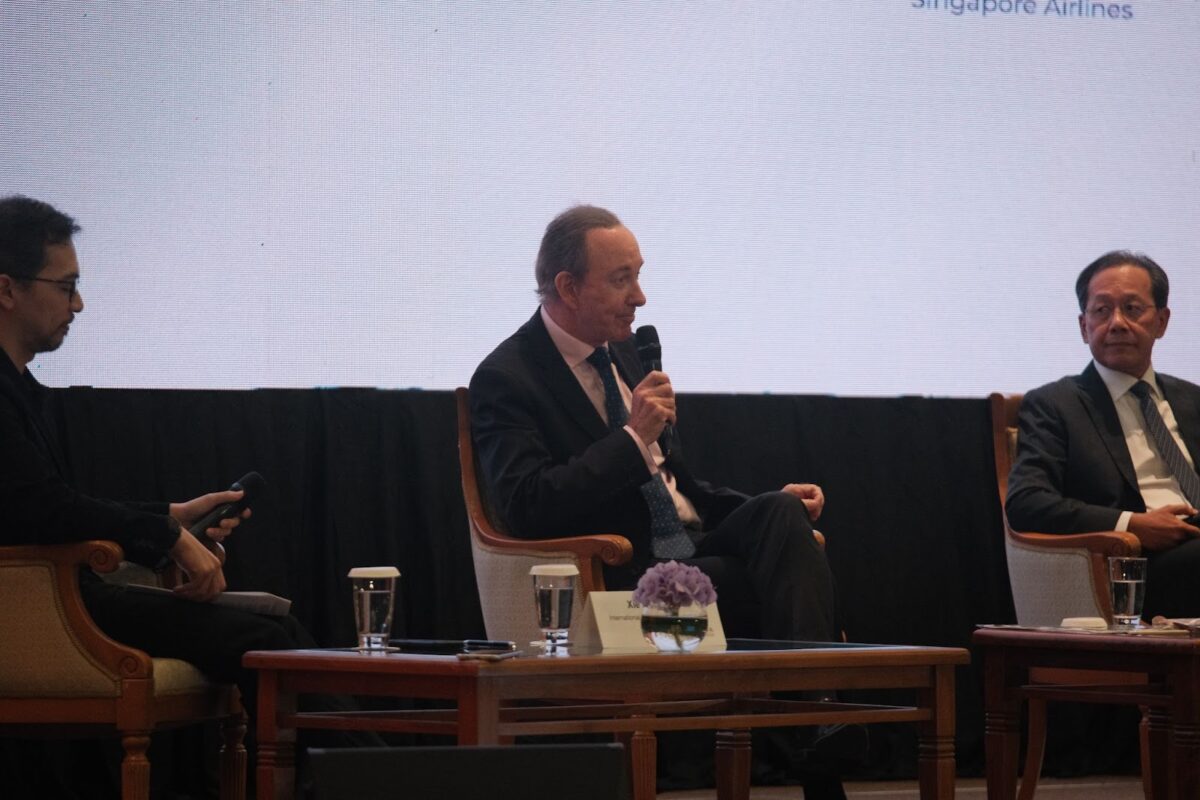
Three resolutions passed by the AAPA
As a result of all dialogues and discussions that transpired over the two days, the AAPA passed three resolutions addressing the main issues faced by the industry: namely, sustainability and supply chain constraints.
Approved on November 13, 2024, the three resolutions are:
Resolution on aviation sustainability
In this resolution, the AAPA noted that the supply of sustainable feedstock and Sustainable Aviation Fuel (SAF) in the region is still nascent and inconsistent, while the prevailing global regulatory limit for SAF use in flight operations is 50% of the total fuel uplifted.
The association claimed that this is because SAF “lacks aromatic substances found in fossil fuel that provide essential sealant qualities for aircraft and engine parts”.
More importantly, the AAPA highlighted that aircraft delivery delays, as well as groundings due to ongoing certification and engine inspection issues, require airlines to postpone fleet renewals and retain older aircraft for longer periods, resulting in an increase in aviation CO2 emissions.
The number of points passed in this resolution include:
- Calling on governments to increase collaboration with airlines and fuel suppliers, as well as to identify all stakeholder needs and concerns in order to achieve net zero emissions by 2050.
- Developing supportive frameworks that stimulate the production and adoption of SAF.
- Government support for the aviation industry’s decarbonisation efforts via the holding of regular consultations with all stakeholders, including fuel suppliers, in adopting decarbonisation policies that would expedite the path to net zero emissions by 2050.
The full aviation sustainability resolution can be viewed here.
Resolution on aviation safety initiatives
The AAPA recognizes that aviation safety is the industry’s top priority, and that safety standards are high as a result of collaboration and the continuous exchange of data and implementation of best practices.
The Association believes that greater collaboration between regulatory authorities, airlines and professional organizations will enhance safety standards in the region, and proposed resolutions including:
- Collaboration with ICAO, national authorities, and professional organizations to support the adoption of safety measures that address the most critical risk categories identified in the Asia Pacific region.
- Enhanced cooperation between regulatory bodies and airlines in order to develop and implement effective regulations aligned with best practices in Flight Path Management, improving manual flying skills and automation management among pilots.
- Calling on Asia Pacific regulators to collaborate closely with airlines and training organizations in the region to support the wider implementation of Upset Prevention and Recovery Training (UPRT), and procedures to mitigate Loss of Control In-flight (LOCI) risks.
The full resolution on aviation safety initiatives can be viewed here.
Resolution on streamlining regulations
In this resolution, the AAPA noted that functions of global air transport system can occasionally be disrupted by factors beyond the control of airlines, such as major weather-related disturbances, natural disasters, health pandemics, political conflicts, supply chain issues and other unpredictable events.
Due to these factors, the AAPA argued that there is a tendency to introduce new restrictions or new rules by governments in an “uncoordinated manner” after a crisis, such as after public health emergencies, security threats or severe weather events, thereby affecting passenger confidence and passenger facilitation processes.
To resolve these issues, the AAPA’s proposal included the following:
- Calling on governments to recognize the significant value of aviation to Asia Pacific economies, and to avoid the introduction of additional regulations that would negatively affect the air travel sector, or else reduce connectivity and travel integration.
- Calling on governments to harmonize cross-border processes affecting passenger facilitation, and to avoid the imposing of unilateral measures that would disproportionately inconvenience the traveling public, affecting overall connectivity and schedule reliability, and increasing the cost burden on the airline industry.
The full resolution on streamlining regulations can be viewed here.
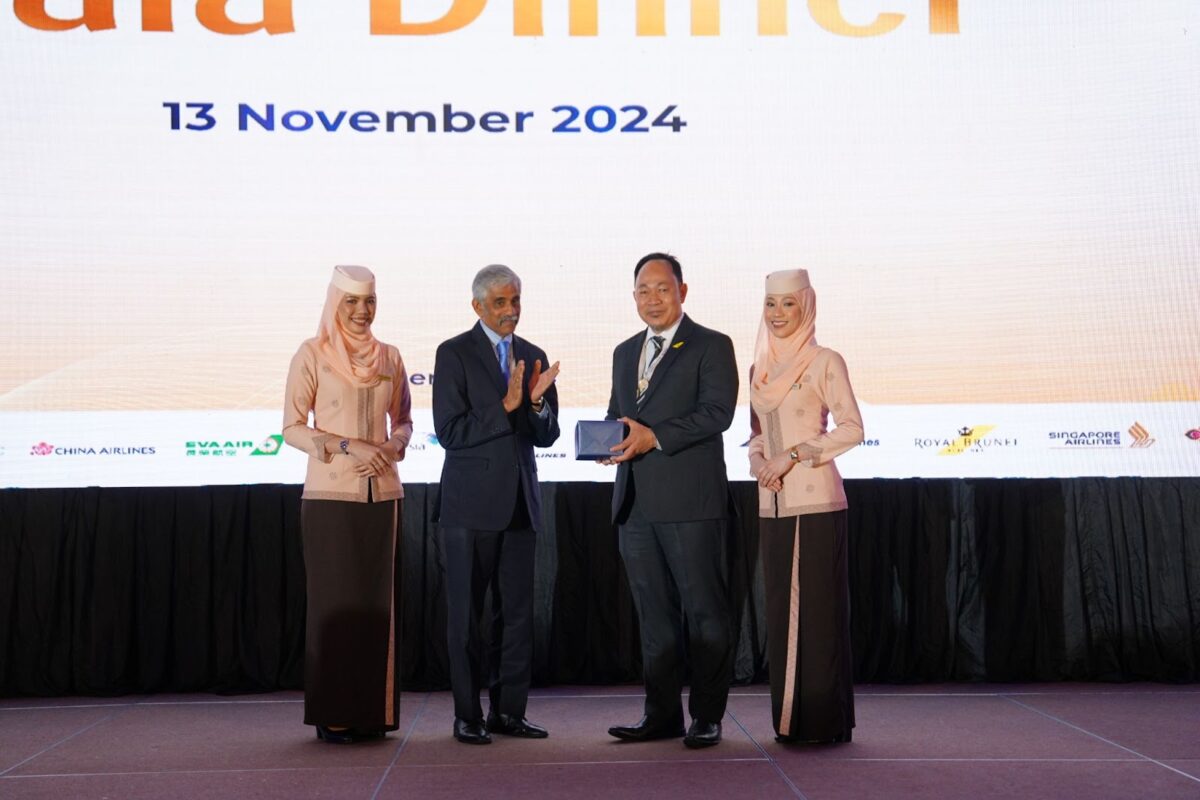
In conclusion, AAPA Director General Subhas Menon said, “By keeping the traveling public and the economies we serve at the core of our strategy, the industry is well-positioned to tackle upcoming challenges and pursue sustainable growth in the years ahead.”

